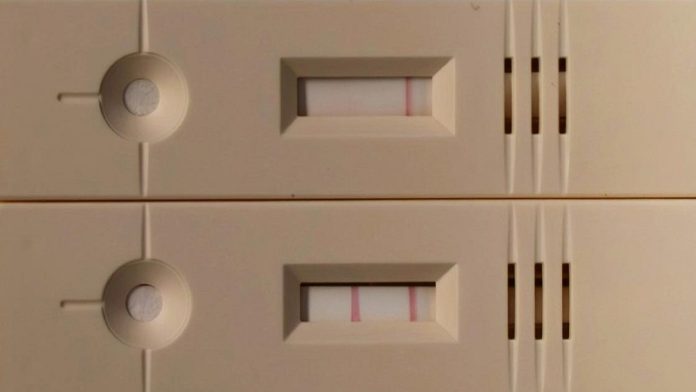
Nearly 200 million people around the world, including many teenagers and young adults, live with endometriosis—a painful and often misunderstood condition where tissue similar to the lining of the uterus grows outside of it.
This disease can cause severe pain and infertility, but diagnosis often takes years due to the lack of a simple, reliable test.
Now, a new device developed by researchers at Penn State could help change that.
Professor Dipanjan Pan and his team have created a first-of-its-kind test that can detect a key protein linked to endometriosis using menstrual blood.
The protein, called HMGB1, is found at much higher levels in people with the condition.
Their test works much like a pregnancy test, offering quick, easy results and—most importantly—five times greater sensitivity than current lab-based methods.
Pan, an expert in nanomedicine, explained that menstrual blood is often wrongly dismissed as medical waste, even though it contains valuable biological information. His team focused on using this overlooked material to create a more accessible and less invasive method of detecting endometriosis early.
At the heart of this new test is a high-tech material called borophene.
It’s similar to the more well-known graphene but made from the element boron. Borophene is both biodegradable and safe for use in the body, making it a great choice for medical testing.
However, producing borophene has been tricky in the past because it required harsh chemicals that could harm the material’s quality. Pan’s team solved this by developing a cleaner, water-based method to produce “pristine” borophene nanosheets.
These nanosheets serve as the foundation of the test. The researchers attached special antibodies to them—tiny molecules designed to seek out and grab HMGB1 proteins. Once the antibodies are in place, the test is ready.
When a sample of menstrual blood flows across the test strip, any HMGB1 proteins present will bind to the antibodies and cause the test to darken—similar to how a pregnancy test shows results.
To see how well it worked, the researchers tested menstrual blood samples with different HMGB1 levels.
The new device detected the protein even at very low concentrations, which is crucial for spotting endometriosis in its early or less obvious stages.
Pan says that this kind of test could even be built directly into menstrual pads, allowing users to check their health privately and conveniently at home.
This is especially important for people in rural areas or places without easy access to labs or specialists. Earlier diagnosis can lead to better treatment and improved quality of life.
The team’s next step is to test their invention in larger clinical studies, make it even more sensitive, and expand it to detect other conditions like cervical cancer or HPV.
This innovation could be a game-changer, not just for diagnosing endometriosis, but for transforming how we think about period health and what our bodies can tell us—if we’re willing to listen.
Source: Penn State.



